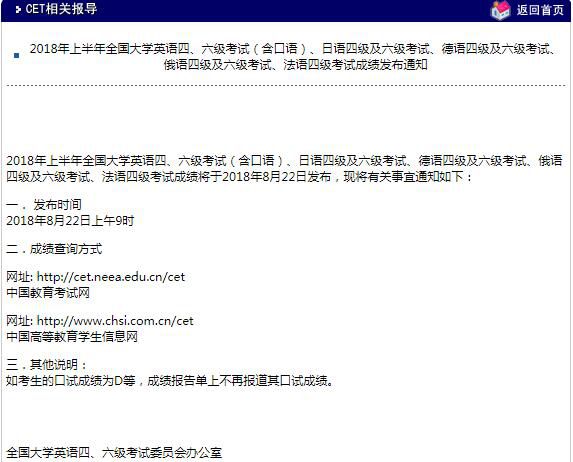GMAT考试RCOGWORD(三九)
|
Passage 39 The modern multinational corporation is described as having originated when the owner-managers of nineteenth-century British firms carrying on international trade were replaced by teams of salaried managers organized into hierarchies. Increases in the volume of transactions in such firms are commonly believed to have necessitated this structural change. Nineteenth-century inventions like the steamship and the telegraph, by facilitating coordination of managerial activities, are described as key factors. Sixteenth-and seventeenth-century chartered trading companies, despite the international scope of their activities, are usually considered irrelevant to this discussion: the volume of their transactions is assumed to have been too low and the communications and transport of their day too primitive to make comparisons with modern multinationals interesting. In reality, however, early trading companies successfully purchased and outfitted ships, built and operated offices and warehouses, manufactured trade goods for use abroad, maintained trading posts and production facilities overseas, procured goods for import, and sold those goods both at home and in other countries. The large volume of transactions associated with these activities seems to have necessitated hierarchical management structures well before the advent of modern communications and transportation. For example, in the Hudson’s Bay Company, each far-flung trading outpost was managed by a salaried agent, who carried out the trade with the Native Americans, managed day-to-day operations, and oversaw the post’s workers and servants. One chief agent, answerable to the Court of Directors in London through the correspondence committee, was appointed with control over all of the agents on the bay. The early trading companies did differ strikingly from modern multinationals in many respects. They depended heavily on the national governments of their home countries and thus characteristically acted abroad to promote national interests. Their top managers were typically owners with a substantial minority share, whereas senior managers’ holdings in modern multinationals are usually insignificant. They operated in a pre-industrial world, grafting a system of capitalist international trade onto a pre-modern system of artisan and peasant production. Despite these differences, however, early trading companies organized effectively in remarkably modern ways and merit further study as analogues of more modern structures. 241. The author’s main point is that (A) modern multinationals originated in the sixtenth and seventeenth centuries with the establishment of chartered trading companies (B) the success of early chartered trading companies, like that of modern multinationals, depended primarily on their ability to carry out complex opertions (C) early chartered trading companies should be more seriously considered by scholars studying the origins of modern multinationals (D) scholars are quite mistaken concerning the origins of modern multinationals (C) (E) the management structures of early chartered trading companies are fundamentally the same as those of modern multinationals 242. According to the passage, early chartered trading companies are usually described as (A) irrelevant to a discussion of the origins of the modern multinational corporation (B) interesting but ultimately too unusually to be good subjects for economic study (C) analogues of nineteenth-century British trading firms (D) rudimentary and very early forms of the modern multinational corporation (A) (E) important national institutions because they existed to further the political aims of the governments of their home countries 243. It can be inferred from the passage that the author would characterize the activities engaged in by early chartered trading companies as being (A) complex enough in scope to requrie a substantial amount of planning and coordination on the part of management (B) too simple to be considered similar to those of a modern multinational corporation (C) as intricate as those carried out by the largest multinational corporations today (D) often unprofitable due to slow communications and unreliable means of transportation (A) (E) hampered by the political demands imposed on them by the governments of their home countries 244. The author lists the various activities of early chartered trading companies in order to (A) analyze the various ways in which these activities contributed to changes in management structure in such companies (B) demonstrate that the volume of business transactions of such companies exceeded that of exceeded that of earlier firms (C) refute the view that the volume of business undertaken by such companies was relatively low (D) emphasize the international scope of these companies’ operations (C) (E) support the argument that such firms coordinated such activities by using available means of communication and transport 245. With which of the following generalizations regarding management structures would the author of the passage most probably agree? (A) Hierarchical management structures are the most efficient management structures possible in a modern context. (B) Firms that routinely have a high volume of business transactions find it necessary to adopt hierarchical managemnt structures. (C) Hierarchical management structures cannot be successfully implemented without modern communications and transportation. (D) Modern multinational firms with a relatively small volume of business transactions usually do not have hierarchically organized managemnt structures. (B) (E) Companies that adopt hierarchical management structures usually do so in order to facilitate expansion into foreign trade. 246. The passage suggests that modern multinationals differ from early chartered trading companies in that (A) the top managers of modern multinationals own stock in their own companies rather than simply receiving a salary (B) modern multinationals depend on a system of capitalist international trade rather than on less modern trading systmes (C) modern multinationals have operations in a number of different foreign counties rather than merely in one or two (D) the operations of modern multinationals are highly profitable despite the more stringent environmental and safety regulations of modern governments (E) (E) the overseas operations of modern multinationals are not governed by the national interests of their home countries 247. The author mentions the artisan and peasant production systems of early chartered trading companies as an example of (A) an area of operations of these companies that was unhampered by rudimentary systems of communications and transport (B) a similarity that allows fruitful comparison of these companies with modern multinationals (C) a positive achievement of these companies in the face of various difficulties (D) a system that could not have emerged in the absence of management hierarchies (E) (E) a characteristic that distinguishes these companies from modern multinationals 248. The passage suggests that one of the reasons that early chartered trading companies deserve comparison with early modern multinationals is (A) the degree to which they both depended on new technology (B) the similar nature of their management structures (C) similarities in their top managemnts’ degree of ownership in the company (D) their common dependence on polical stability abroad in order to carry on foreign operations (B) (E) their common tendency to revolutionize systems of production |








